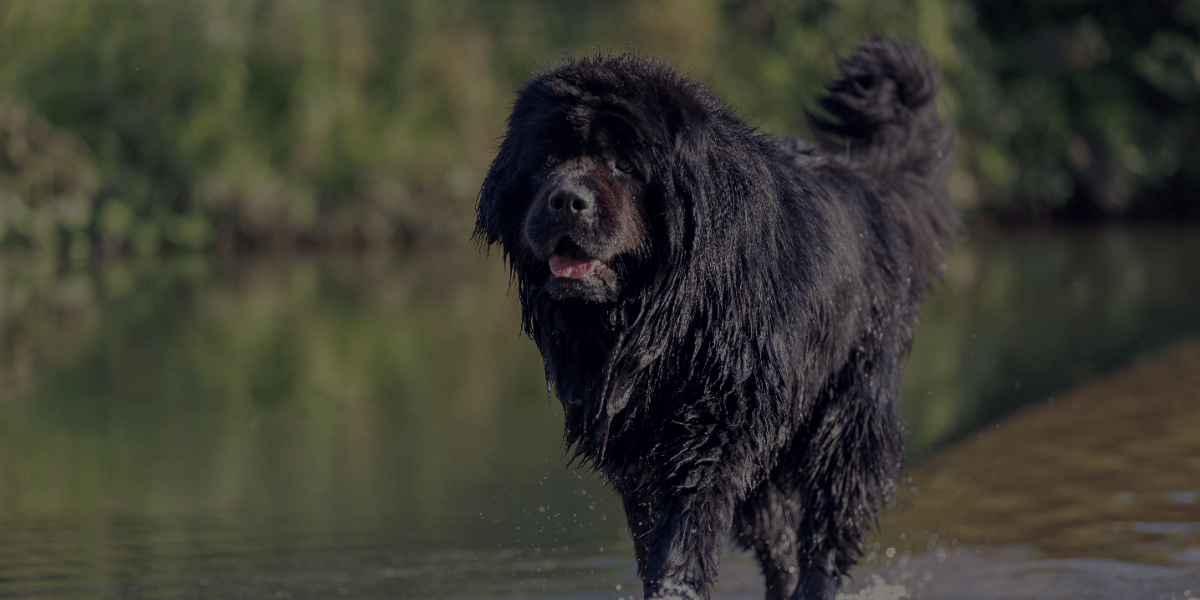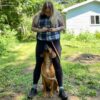If you’re lucky, your grooming career will allow you to interact with all types of dogs. From big and small, to prized show dogs to beloved family pets, and everything in-between – you’ll be getting up close and personal with more dog breeds than you can name.
While you likely know already that not all dog coats are the same, you might not fully understand the intricacies of dog coats. Perhaps you aren’t sure what the difference is between a single coat and a double coat. Maybe you aren’t sure which coats you’ll typically be working with throughout your career.
Luckily, we’re here to help!
Today, we’re going to be looking at the double coat. If you aren’t sure what a double coat is, how to groom it, or how to tell if the dog you’re working on has a double coat in the first place, read on to learn everything you need to know!
What is a Double Coat?
Broadly speaking, dogs’ coats can be divided into two categories: single and double coats. A single coat is pretty self-explanatory; it’s when a dog has just one layer of fur. You’ll find single coats on many breeds, such as:
- Chihuahuas
- Maltese
- Poodles
- Soft-coated wheaten terriers
A double coat, as you may have guessed, describes a dog with two layers of fur on their bodies. It’s important to know that there isn’t one particular type of fur that automatically indicates the presence of a double coat. Dogs can have curly, smooth, or wiry hair and still have either a single or double coat.
However, there are still clear ways to tell if a dog has a double coat. Double coats consist of a dense, short undercoat located beneath a top coat of longer fur (known as “guard hairs”).
Dogs with double coats may look very fluffy, like a Chow Chow, or wiry, like a Shiba Inu.
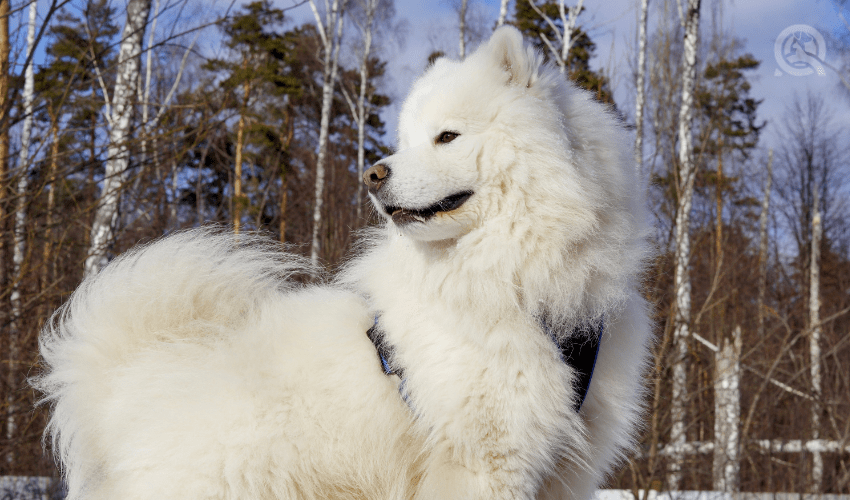
The Purpose of Double Coats
Double coats protect dogs from external elements. A double coat will provide a dog with better protection during particularly hot or cold weather, since the undercoat helps to regulate their temperatures.
As such, it’s typically a safe bet that a dog might have a double coat if their breed comes from a particularly hot or cold climate. For example, an Alaskan Husky would need to be protected from extreme cold.
So, if your dog grooming client were to bring a husky in for their appointment, you could guess – based on the breed alone – that you’ll be dealing with a double coat. (And you’d be correct!)
What Breeds Have Double Coats?
Many different breeds, both common and less-common, have double coats. In general, a dog will appear fluffier the thicker their base coat is. You’ll find this in:
- Bernese Mountain Dogs
- Chow Chows
- Newfoundland dogs
- Pomeranians
- Great Pyrenees
Many terriers also have double coats. Keep in mind that these dogs’ top coats are usually wiry instead of fluffy. So, they’ll have a totally different look and feel than the dog breeds listed above. You’ll find wiry double coats in:
- Cairn Terriers
- Scottish Terriers
- Yorkshire Terriers
- Parson Russel Terriers
- Schnauzers
Dogs who were bred to work outdoors in the elements also regularly have double coats. This is because historically, their breeds have needed extra protection for long days at work. Some working dogs with double coats include:
- Golden Retrievers
- Labrador Retrievers
- Border Collies
- German Shepherds
- All breeds of Sheepdog
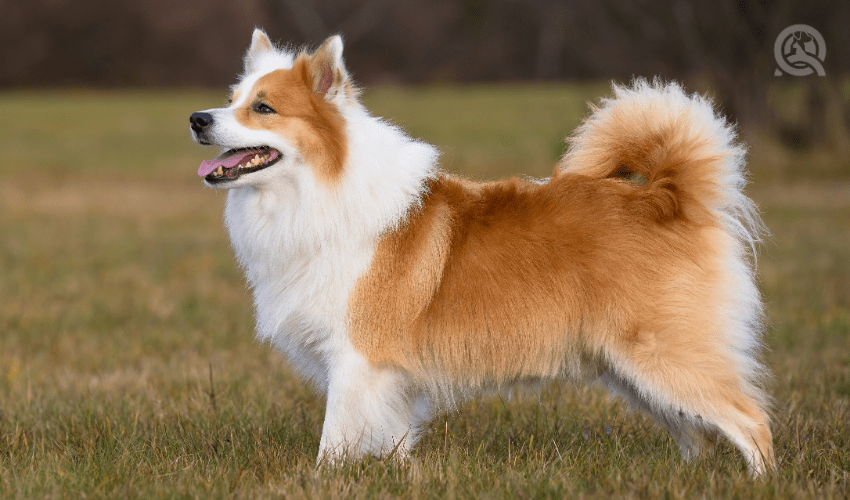
Grooming Considerations for Double Coats
Now that you understand how to identify a dog with a double coat, you’ll need to know how to groom one! The grooming process for a dog with a double coat often looks very different to that of a single-coated dog. While some double-coated dogs require extra grooming time and attention, others are much more low-maintenance.
The main difference between a single and double-coated dog is that the latter goes through what’s known as “coat blow.” This is the process of a double-coated dog transitioning between seasonal coats (e.g. preparing to cool down in the summer). The process of a dog blowing their coat involves large clumps of their undercoat shedding all at once. This will allow the dog to be more comfortable once the weather heats up – but it can be a pain for their owners!
The process of coat blow will need to be helped along by regular brushing. You can use a standard brush, or even specialized tools, such as an undercoat rake. The idea is to help remove all of the dog’s undercoat that’s become loose (but may be stuck in the overcoat).
Dogs can also benefit from more regular bathing while they’re blowing their coats. A lot of owners won’t know this, so as the trained expert, it’ll be your job to keep your clients informed. With your guidance, they’ll have a much clearer understanding of what they can do at home to help their dog.
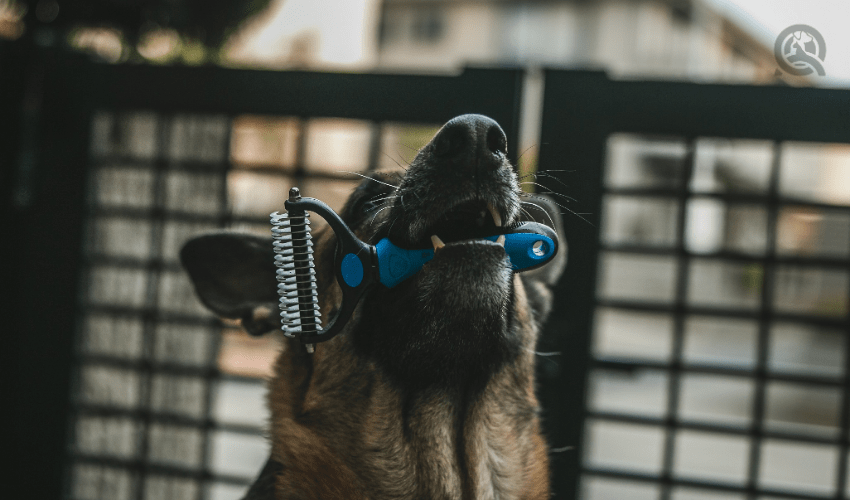
Every day as a dog groomer, you’ll have the chance to get to know different kinds of dogs. Just like a job that introduces you to lots of different types of people, you’ll soon realize that all of them have individual personalities, opinions, and needs! Being able to identify a dog’s coat type is the first step towards ensuring that every dog – and every human – leaves the appointment feeling their best!
